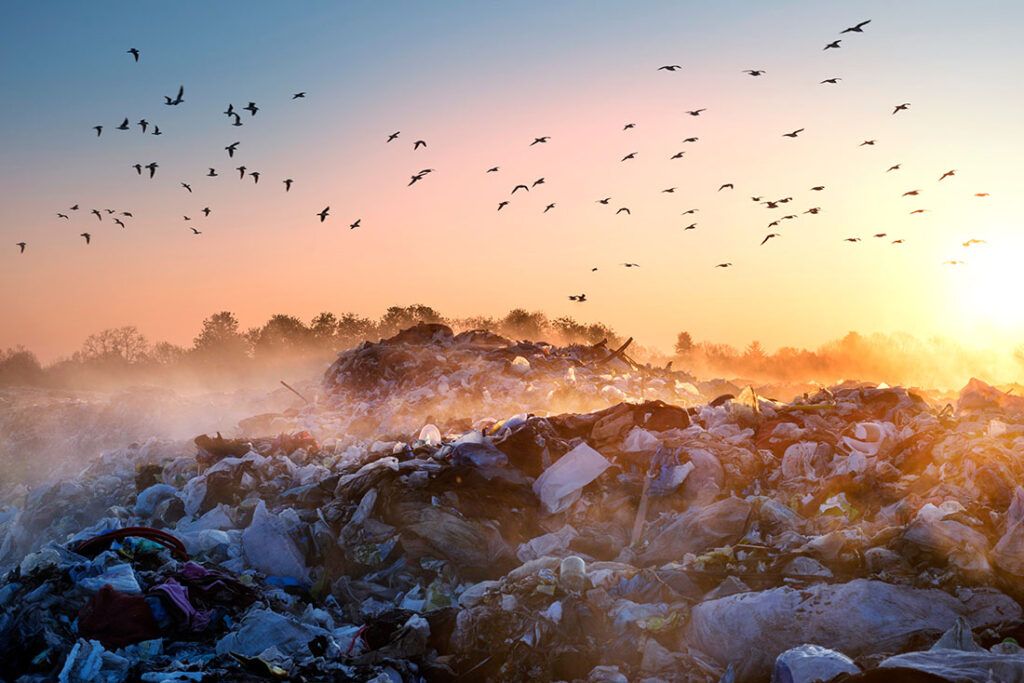Help Get Rid of Your Unwanted Items with Anything Goes Junk Removal
Proper waste disposal is essential for managing the growing amount of garbage generated by households, businesses, and industries. Various facilities handle waste differently, each with unique benefits and environmental drawbacks. Anything Goes Junk Removal is blogging this month about the different types of waste disposal facilities. They include landfills, incinerators, recycling centers, composting sites, and waste-to-energy plants.
Landfills: The Most Common Disposal Method
Landfills are sites where waste ends up buried underground. Modern landfills use protective liners to prevent hazardous materials from contaminating soil and groundwater. While they handle large volumes of waste efficiently, they have downsides. Decomposing waste produces methane, a potent greenhouse gas, and there’s always a risk of soil and water contamination if not properly managed. Despite these issues, some landfills capture methane for energy production.
Incineration: Burning Waste to Reduce Volume
Incinerators burn waste at high temperatures, reducing its volume by up to 90 percent. This method is especially useful for hazardous and medical waste, and the heat generated could be become electricity. However, incineration releases pollutants, such as dioxins and greenhouse gases, even with filters in place, which can pose health and environmental risks.
Recycling Centers: Transforming Waste into New Resources
To help turn existing materials into new products, recycling centers process materials like paper, plastic, metal, and glass. Recycling conserves natural resources, reduces landfill waste, and saves energy. However, not all materials are recyclable, and contamination can lower the quality of recycled products. Additionally, the recycling process itself consumes energy and can produce emissions.
Composting: Recycling Organic Waste Naturally
Composting facilities convert organic waste like food scraps and yard trimmings into nutrient-rich compost. This method reduces organic waste in landfills, decreases methane emissions, and enriches the soil. However, composting requires space and time to break down materials and can produce odors if not properly managed.
Waste-to-Energy (WTE) Plants: Converting Trash into Power
Waste-to-energy plants burn waste to generate electricity or heat, offering a renewable energy source. They help reduce landfill waste, but like incineration, they emit pollutants and carbon dioxide, contributing to greenhouse gas emissions.
For more information on waste disposal, call Anything Goes Junk Removal at (207) 745-0260. Follow us on Facebook for updates. We are ready to discuss different types of waste disposal facilities.



